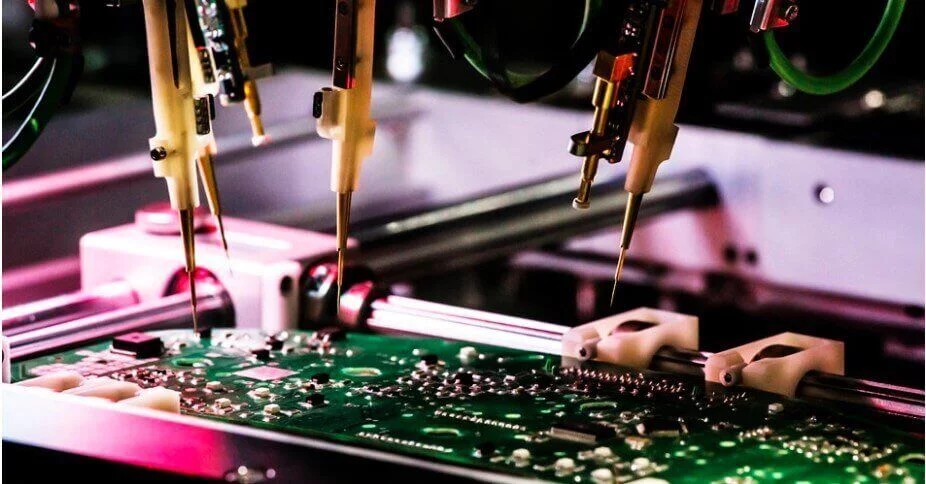High-Density Interconnect (HDI) PCB manufacturing requires strict quality control to ensure the reliability and functionality of these complex circuit boards. Here are some key quality control measures:

Design Verification: Ensure that the PCB design meets all specifications and requirements before production begins. This includes design rule checks and simulations to identify and rectify any potential issues.
Material Inspection: Verify the quality of raw materials, including laminates, copper foils, solder masks, and other materials. Material consistency is crucial for uniformity in the PCBs.
Controlled Environment: Maintain a controlled manufacturing environment with appropriate temperature, humidity, and cleanliness levels to prevent contamination and ensure consistent results.
Automated Optical Inspection (AOI): Use AOI systems to inspect every layer of the PCB for defects, such as shorts, opens, and misalignments, ensuring precise connections.
X-ray Inspection: Employ X-ray inspection to identify defects within the inner layers, such as voids in vias, ensuring the integrity of the connections.
Electrical Testing: Conduct electrical tests, such as in-circuit testing (ICT) and flying probe testing, to check for functionality and connectivity of components and traces.
Solder Paste Inspection (SPI): Verify the quality of solder paste application to prevent soldering defects, such as bridging or insufficient solder.
Microsection Analysis: Perform microsection analysis to inspect internal layers and identify issues like delamination, voids, or thickness variations.
Controlled Impedance Testing: Ensure that signal traces meet the specified impedance requirements to prevent signal integrity issues.
Dimensional Checks: Verify the dimensions and tolerances of critical features, including hole sizes and pad sizes, to ensure compatibility with components.
Surface Finish Inspection: Check the surface finish (e.g., ENIG, HASL, OSP) for uniformity and coverage to prevent oxidation or other surface-related issues.
Documentation and Traceability: Maintain comprehensive documentation of all processes and inspections, including component sourcing, to enable traceability and future troubleshooting.
Reliability Testing: Conduct reliability tests, such as thermal cycling, vibration, and environmental testing, to ensure the PCB can withstand real-world conditions.
Continuous Improvement: Implement a culture of continuous improvement, where feedback from inspections and testing drives process enhancements and reduces defects over time.
Compliance with Standards: Ensure that the manufacturing process complies with industry standards and certifications, such as IPC-A-600 for Acceptability of Printed Boards and IPC-6012 for Qualification and Performance Specification for Rigid Printed Boards.
These quality control measures help ensure that HDI PCBs meet the highest standards of reliability and functionality, which is essential for their use in advanced electronics applications.